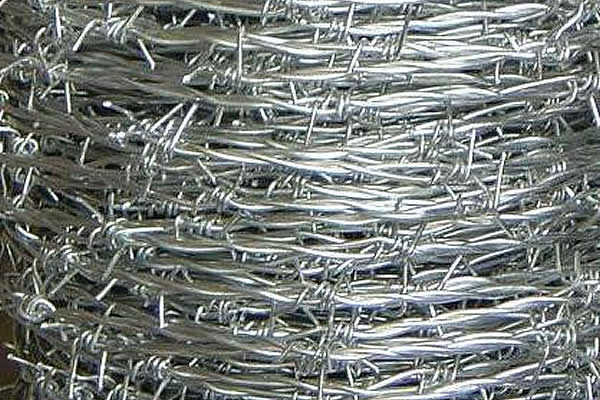 TEL:
+86-13102802206
TEL:
+86-13102802206
 Email:
fencenetting@china.com
Email:
fencenetting@china.com
 Language
Language
 TEL:
+86-13102802206
TEL:
+86-13102802206
 Email:
fencenetting@china.com
Email:
fencenetting@china.com
 Language
Language


The Versatility of Welded Fencing Wire An Essential Resource for Modern Applications
Welded fencing wire has become a cornerstone in various industries due to its versatility, durability, and security features. Primarily used for fencing, this type of wire is made by welding together metal wires at their intersections, creating a robust and rigid structure. Its applications know no bounds, ranging from agricultural settings to residential properties, and even industrial landscapes.
Construction and Composition
Welded fencing wire is typically composed of high-quality galvanized steel that resists rust and corrosion. This composed material ensures longevity and strength, making it ideal for outdoor use. The welding process not only enhances the wire's strength but also ensures uniform spacing between the wires, providing a consistent barrier that can adapt to different environments and needs. The wire gauge can vary, allowing users to choose specifics based on their requirements—thicker wires offer higher security, while thinner ones may be sufficient for low-security applications.
Applications in Agriculture
In agricultural settings, welded fencing wire is commonly used to create enclosures for livestock and crops. Its robust nature is ideal for containing animals safely, preventing them from escaping or being threatened by predators. Farmers appreciate the low maintenance required for welded fencing; unlike traditional wooden fences, which may rot or require painting, welded wire fences maintain their integrity over many years. Additionally, they can be designed in various heights and configurations, tailored to the specific needs of the farm or ranch.
Residential Uses
For homeowners, welded fencing wire serves multiple purposes. Many use it as perimeter fencing to outline property boundaries and enhance security. Its visibility allows homeowners to keep an eye on their surroundings, while still maintaining an aesthetic appeal. Moreover, welded wire can be used in gardens to protect plants from animals. Its sturdiness and structured design allow for creative landscaping, providing trellises for climbing plants or barriers separating various garden areas.

Industrial and Commercial Applications
Welded fencing wire also plays a significant role in commercial and industrial sectors. Businesses often utilize welded wire fencing for security and safety, erecting barriers around construction sites, warehouses, and storage facilities. This type of fencing is ideal for creating secure areas without obstructing visibility, which is crucial for monitoring safety conditions on job sites. Furthermore, its durability ensures that it can withstand impacts from heavy machinery and other potential hazards.
Environmental Benefits
One of the lesser-known advantages of welded fencing wire is its environmental impact. The durability of the material reduces the need for frequent replacements, thereby minimizing waste. Additionally, galvanized steel is often made from recycled materials, contributing to a more sustainable production cycle. This commitment to environmental responsibility resonates with modern consumers seeking to make eco-friendly choices.
Installation and Maintenance
Installing welded fencing wire is generally straightforward, requiring basic tools and materials. Professionals and DIY enthusiasts alike can successfully install it, as it comes in pre-fabricated panels that simplify the process. Typical installation involves setting up posts and attaching the welded wire using fasteners or ties. Once installed, welded fencing requires minimal maintenance; occasional inspections for damage and cleaning to remove dirt and debris are usually sufficient to maintain its integrity.
Conclusion
Welded fencing wire is a highly adaptable and reliable solution catering to diverse needs across numerous sectors. Its strength, longevity, and low-maintenance qualities make it appealing for agricultural, residential, and industrial applications alike. As security and environmental sustainability become increasingly vital in today's society, welded fencing wire stands out as a practical resource that meets these growing demands. Whether protecting livestock, demarcating land, or securing industrial sites, it serves as a testament to the enduring utility of well-engineered materials in enhancing safety and functionality in our environments.